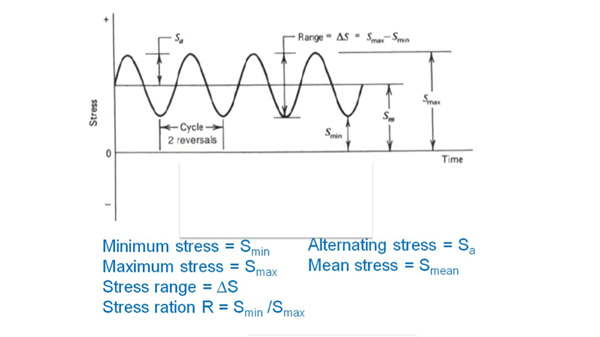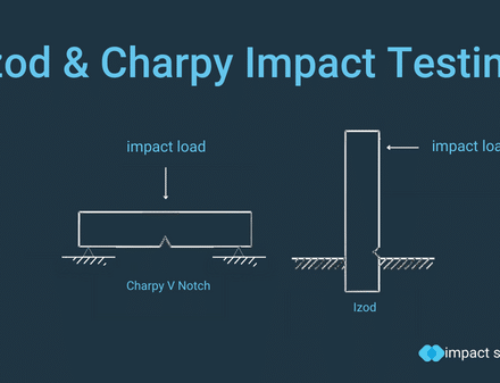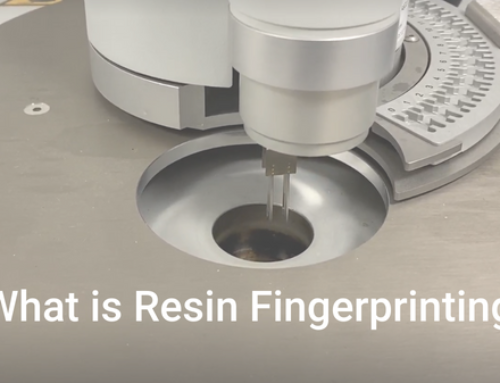One of the ways that plastic parts can fail is by cyclic loading and unloading. This type of failure is called fatigue. The loading and unloading can occur at regular intervals at the same applied stress or randomly and at different stresses. In terms of testing the former is more easy to produce.
The main features of a cyclic fatigue test are summarised for a sine wave profile in Figure 1. Other profiles could be sawtooth or square wave but the definitions are the same.
The loading in Figure 1 is always positive or tensile-tensile which tends to be the most common loading situation, although compression-compression or tensile compression loading situations are also possible.
When setting up a fatigue test it is important to know the maximum and minimum stress required which defines the R ratio (which can be negative in a tensile-compression test)and the frequency of the test i.e. the number of cycles per second (Hertz). To avoid heating effects the frequency is usually kept below 10Hz for thermoplastics.
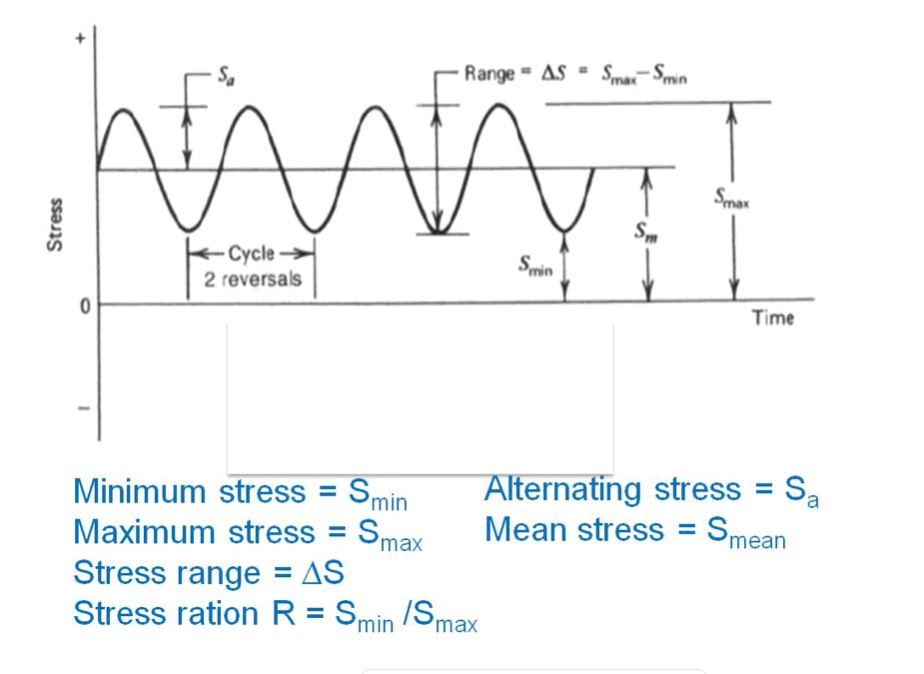
Figure 1 Definitions for fatigue loading
The most common requirement for fatigue tests is to determine the number of cycles a sample can survive at a given loading condition before it fails. This can be expressed in various ways, one being to plot stress- number of cycle curve or an S-Nf curve, where S is often the maximum stress and R is kept constant. Such a plot is shown in Figure 2. This shows data for a glass filled polymer tested at 100oC.
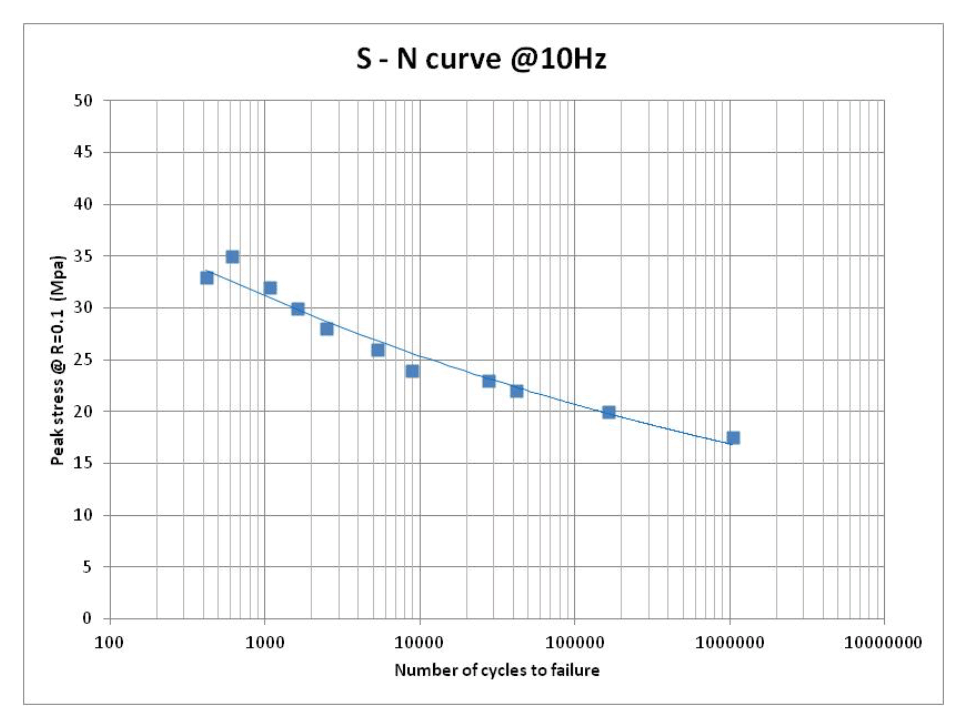
Figure 2 Failure profile for maximum (peak) stress versus cycles to failure for R=0.1
The current fatigue testing facility at Impact Solutions consists of a United Test electronic dynamic testing machine shown in Figure 3 with an oven installed for high-temperature work. The specification for the system is;
- Actuator maximum stroke:- ±100mm
- Frequency:- 0.1 to 10Hz
- Waveform:- Sinusoidal, square wave, sawtooth,
- Temperature:- Ambient to 150oC
- Maximum dynamic load:- ± 3kN
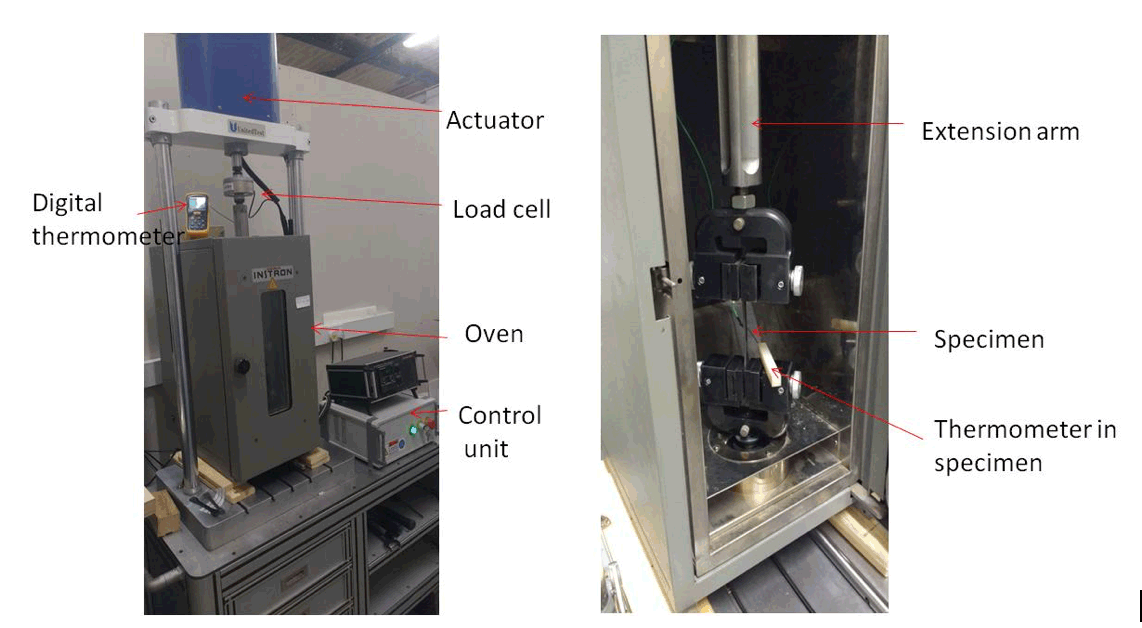
Figure 3 Fatigue machine with oven installed for high-temperature work.
If you require more info regarding our testing capabilities, click here. Alternatively, contact a member of our team today!
Be sure to follow us on Facebook, LinkedIn and Twitter if you’re not already.

